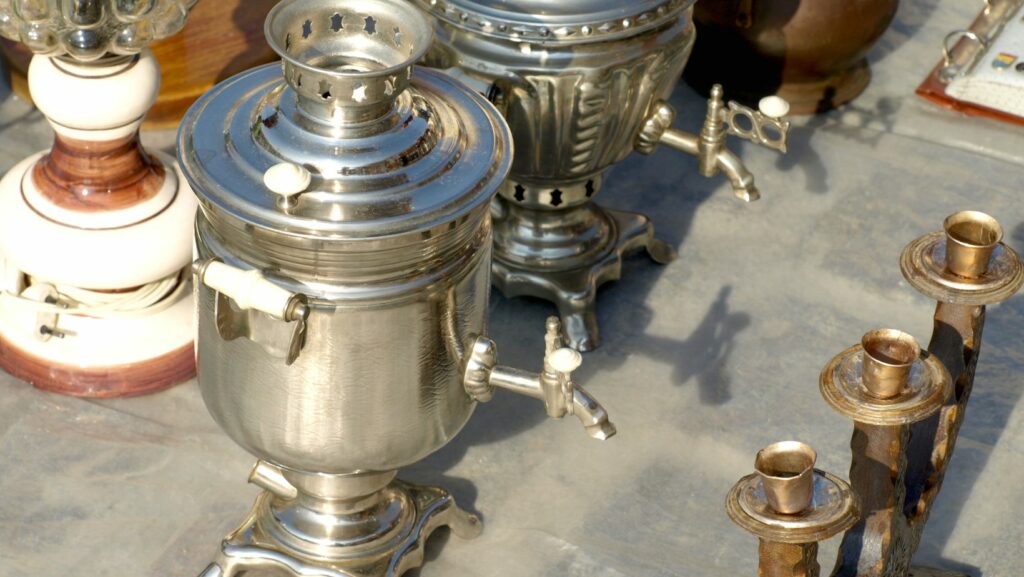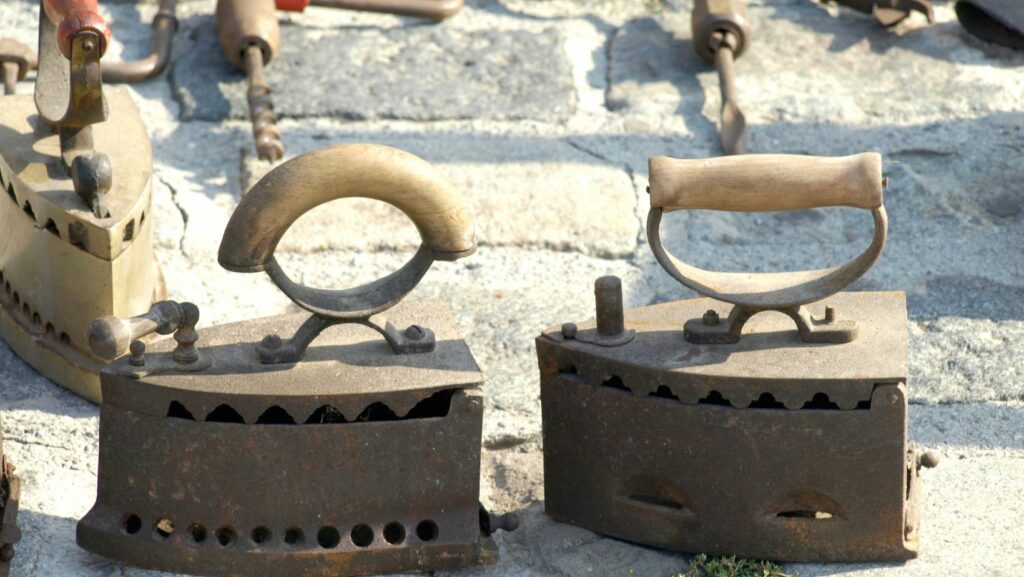Collecting isn’t just a hobby; it’s a passion that connects people to history, art, and culture. From rare coins to vintage toys, the world of collectibles offers something for everyone. Each item tells a story, providing a tangible link to the past and a potential investment for the future.
People often start collecting out of curiosity, but it quickly becomes a lifelong pursuit. Whether it’s the thrill of the hunt or the joy of owning a piece of history, collectibles have a unique allure. This article delves into the most sought-after collectible items, exploring what makes them so irresistible and valuable.
Most Collectible Items
 Collectible items often have unique attributes that contribute to their desirability. Several factors typically define the value and appeal of collectibles.
Collectible items often have unique attributes that contribute to their desirability. Several factors typically define the value and appeal of collectibles.
Rarity significantly impacts an item’s collectibility. Items produced in limited numbers or those that have survived in few quantities over time are more collectible. For example, only 5,000 Action Comics #1 issues were printed in 1938, making it highly sought after by comic book enthusiasts.
Historical significance enhances an item’s collectible status. Objects linked to notable events, periods, or figures often become valuable. World War II memorabilia, for instance, attracts collectors due to its connection to significant historical moments and stories.
Popularity determines the market demand for a collectible. Items associated with popular culture or widespread interest gain collector attention. For example, Pokémon cards have surged in popularity, fueled by media coverage and a robust fanbase.
Classic Collectible Items
 Collecting classic items often bridges the gap between hobby and investment. Several categories hold enduring appeal for collectors worldwide. Stamps fascinate collectors due to their historical significance and intricate designs. Rare stamps, like the 1847 Mauritius “Post Office” stamps, fetch high prices at auctions. Collecting stamps, known as philately, involves studying postal history and variations in prints, such as color and design errors. Unique characteristics, like misprints and limited editions, increase a stamp’s value.
Collecting classic items often bridges the gap between hobby and investment. Several categories hold enduring appeal for collectors worldwide. Stamps fascinate collectors due to their historical significance and intricate designs. Rare stamps, like the 1847 Mauritius “Post Office” stamps, fetch high prices at auctions. Collecting stamps, known as philately, involves studying postal history and variations in prints, such as color and design errors. Unique characteristics, like misprints and limited editions, increase a stamp’s value.
Coins
Coins offer a tangible connection to history, attracting numismatists. Ancient Roman and Greek coins are popular due to their craftsmanship and historical context. Key elements like minting errors, precious metals, and limited mintages enhance a coin’s worth. The 1933 Saint-Gaudens Double Eagle, with only a few specimens extant, exemplifies a highly valued collectible coin.
Comic Books
Comic books blend art and storytelling, capturing the imagination of enthusiasts. Iconic issues, like Action Comics #1 and Detective Comics #27, showcase rare first appearances of popular superheroes. High-quality preservation, known as grading, significantly affects a comic’s market value. Comics from the Golden Age (1938-1956) and Silver Age (1956-1970) remain among the most coveted.
Modern Collectible Items
 Collecting modern items involves a mix of nostalgia, investment, and a keen interest in contemporary culture. This section examines popular modern collectibles that enthusiasts seek today. Action figures captivate collectors for their detailed design and connection to beloved franchises. Star Wars figures from the 1970s, like the original Luke Skywalker, are prized due to their rarity and condition. Limited edition figures from brands such as Hot Toys increase in value over time, especially if kept unopened. The Marvel Legends series also attracts collectors, with figures from iconic characters like Spider-Man often reaching high market prices.
Collecting modern items involves a mix of nostalgia, investment, and a keen interest in contemporary culture. This section examines popular modern collectibles that enthusiasts seek today. Action figures captivate collectors for their detailed design and connection to beloved franchises. Star Wars figures from the 1970s, like the original Luke Skywalker, are prized due to their rarity and condition. Limited edition figures from brands such as Hot Toys increase in value over time, especially if kept unopened. The Marvel Legends series also attracts collectors, with figures from iconic characters like Spider-Man often reaching high market prices.
Trading cards blend gameplay with collectibility, especially in sports and gaming contexts. Pokémon cards, which debuted in the late 1990s, quickly became collectible items, with rarities like the first-edition Charizard fetching thousands of dollars. Sports cards featuring rookie players or limited print runs garner significant attention. A notable example is the 1952 Topps Mickey Mantle card, which has sold for millions at auction. Newer trading card games like Magic: The Gathering maintain a strong collector base due to their strategic gameplay and rare card editions.Popularity determines the market demand for a collectible. Items associated with popular culture or widespread interest gain collector attention. For example, Pokémon cards have surged in popularity, fueled by media coverage and a robust fanbase

